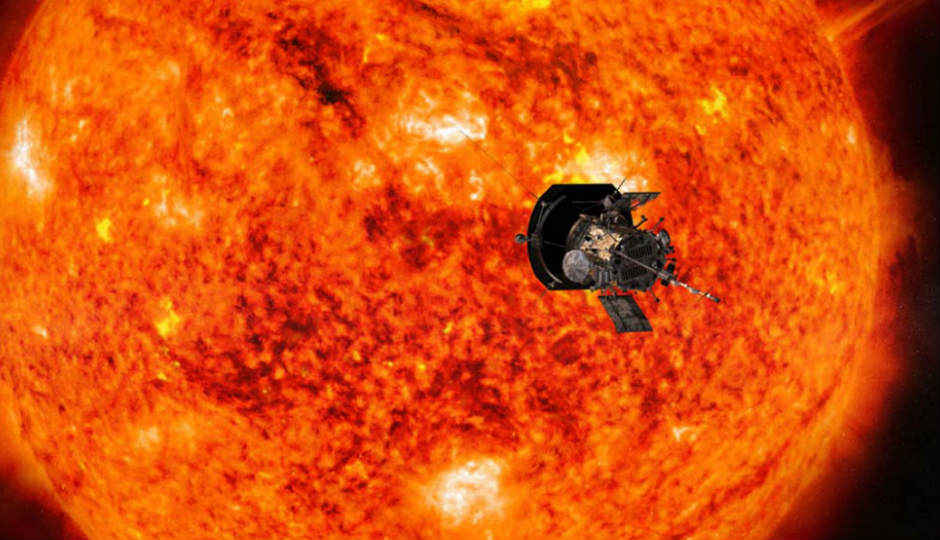NASA’s Parker Probe will make humanity’s closest approach to the Sun

The Parker Probe’s mission spans seven years. It will orbit the Sun 23 times, getting nearer and nearer each time and finally flying just 6.2 million kilometers above the surface which is well within the solar corona.
NASA will launch a spacecraft in August that will fly through the Sun’s atmosphere without melting. Called the Parker Probe, after the scientist who first proposed the existence of solar wind, the spacecraft will go seven times closer to the Sun than any other spacecraft without melting. It will also be the first to take direct measurements of the star’s energy.
The Parker Probe’s mission spans seven years. It will orbit the Sun 23 times, getting nearer and nearer each time and finally flying just 6.2 million kilometers above the surface which is well within the solar corona. The last spacecraft to come close to the Sun was the German Helios 2 spacecraft back in 1976. Interestingly, NASA invited the public to submit their names that will be stored in a microchip on board the Parker Probe, in a symbolic gesture of letting them touch the sun.
There are some burning questions about the Sun that the Parker Probe will aim to answer. How the corona of the Sun is heated to millions of degrees while the surface underneath is kept relatively cool. The Parker Probe will also go to the birthplace of the solar wind. Solar wind is a flood of energy particles that is emanated outwards in the Solar System at speeds going up to 800 kilometers per second. On Earth, the solar wind generates the aurorae near the North and South Poles and also cause disruption in satellite communications and navigation systems.
The Parker Probe has been in the drawing board for decades. The probe will fly past Venus and use the planet’s gravity to slow down before getting into a tighter orbit around the Sun. On 3 November, the probe will make its first approach towards the Sun, 24 million kilometers, or 35 times the solar radius from the surface. The probe will then gradually go closer by flying past Venus six more times, which should give it enough time to gather data.
To withstand the tremendously high temperature, the Parker Probe will have a 2.4 meter wide heat shield that is made of a 11-centimeter thick carbon foam sandwiched between layers of carbon composite that can withstand temperatures of around 1,400 degrees Celsius. It will be powered by solar panels and to keep it cool, it will have a water-tubing system much like a car’s radiator. But during the probe’s close approach, the solar panels will fold back under the heat shield’s shade. There will also be instruments on board to gather data from the Sun’s corona directly.
Between the probe’s first close approach and the final ones, it will run into the Alfvén surface which is the boundary where the solar wind becomes supersonic. Inside the surface, the Sun’s magnetic field is dominating, while on the outside, the winds streams away on its own.
According to scientists, crossing the boundary of the Alfvén surface will be symbolically similar to when the Voyager I probe went interstellar in 2012. The Parker Probe’s mission will mark humanity’s first foray into another realm of the Solar System.
By 2020, the European Space Agency will also launch its Solar Orbiter spacecraft which will study the sun at higher latitudes, but from a distance much further away than the Parker Probe. A Solar Telescope is also scheduled to go online in Hawaii to make daily maps of the Sun’s corona. The Parker Probe aims to kick off a whole new era of solar exploration.
Digit NewsDesk
Digit News Desk writes news stories across a range of topics. Getting you news updates on the latest in the world of tech. View Full Profile





